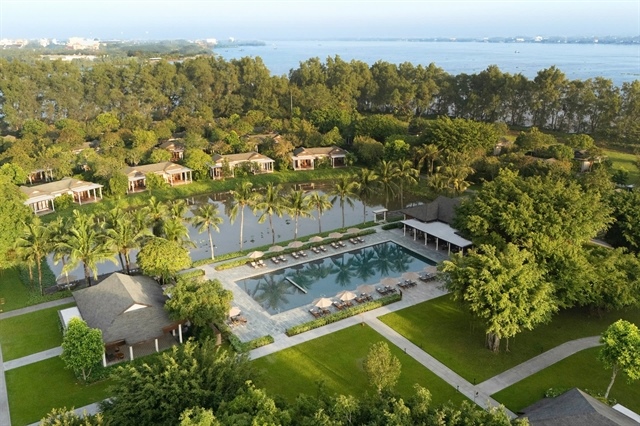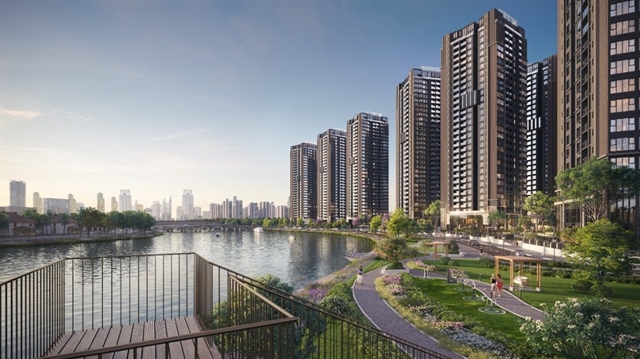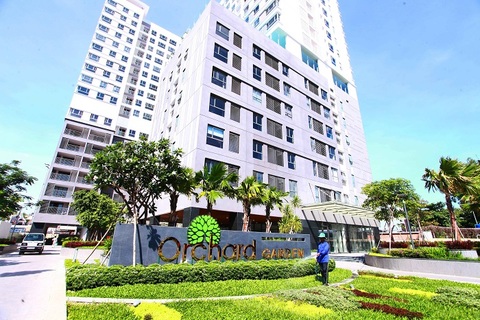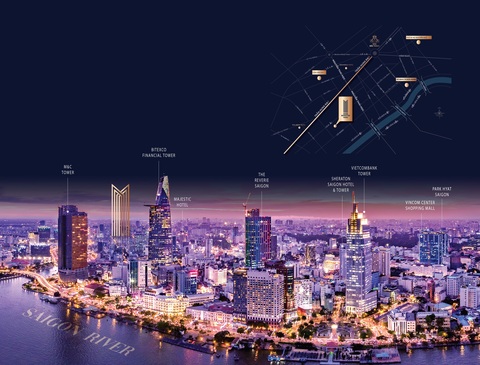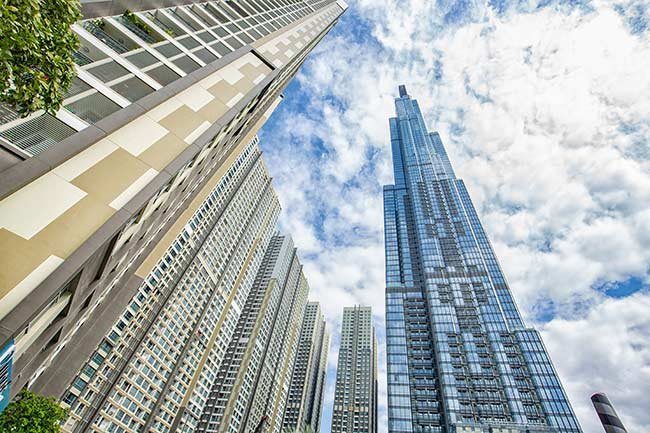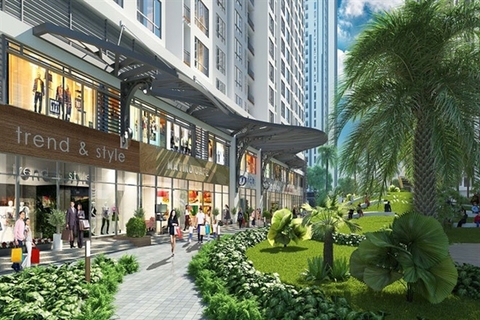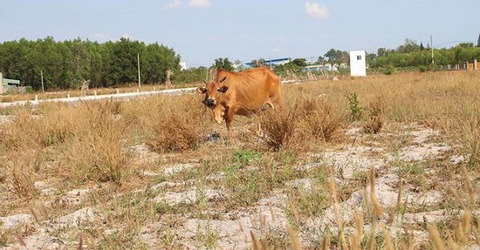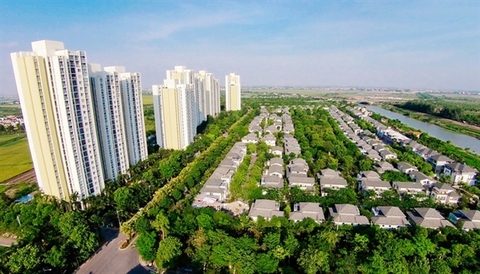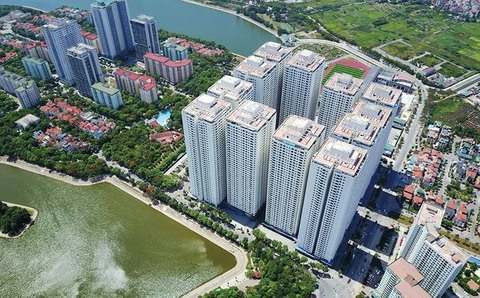CUBIC Architects: Lack of green breathing in Vietnamese cities
CUBIC Architects: Lack of green breathing in Vietnamese cities
As there is growing pressure on urban areas, there is higher and higher demand for green architecture.
People need to breathe to live, so buildings also need green breathing spaces. After over 30 years of opening its market, Vietnam has seen a massive increase in new urban areas formed by rapid urbanisation.
The rapid development, however, brings new challenges such as polluted living environment or narrow areas for construction.
In recent years, eco-urban, climate-adapted architecture, or green architecture have appeared widely all over the world. Green architecture has become a trend in many countries in both construction works and urban planning.
Singapore’s lesson
Singapore is an example of incredible green architecture, featuring iconic buildings such as Marina Bay Sands and Changi Airport Station, a green space right in the middle of the airport.
It is a civilised country and Singaporeans always aim at a comfortable, peaceful, and sustainable life, though they have had to import costly clean water and energy from Malaysia for a long time.
Chan Ee Mun, director of WOHA Architects, said that Singapore greatly benefited from support from the government.
"The programmes promoting the use of green trees in the design of buildings or urban infrastructure have brought clear results," he said.
He added that countries wishing to pursue green architecture should start with the design of their projects without stepping back.
From a small island, Singapore has created numerous modern works with green architecture, serving as an example to study by other countries like Vietnam.
The need for breathing space
Vietnam faces a lot of challenges when applying the green architecture model as it requires enormous initial investment.
Tran Vu Lam, chairman of CUBIC Architects, said as a design company for many high-rise buildings, CUBIC always offers customers options featuring vast green spaces to make them feel comfortable.
However, green building is difficult to implement because more green space means less room for housing, the main source of profit for investors.
Many investors ignore the green factor because they prioritise room area or the number of rooms.
"They forget that a green space is worth much more than a space of concrete,” Lam said.
He stated that construction works like a living body. People need to breathe to live so the buildings also need green breathing spaces.
While there is growing pressure on urban areas, there is higher and higher demand for green architecture.
"In the last few weeks, although the temperature in the city only increased by a few degrees, we feel is as if it was a dozen degrees. This is due to the lack of green spaces, without which the city radiates a great deal of heat back," Lam siad.
What are the solutions?
From the perspective of an architect, Tran Vu Lam said that it is better if there are more green spaces among buildings, dissipating heat and creating more fresh space.
“One of the three essential factors people need for their residential area is connectivity. Investors and designers need to respect this factor and create more space for the project," Lam suggested.
It is necessary to create space for community activities. In addition to trees in the building, the investors can consider incorporating a courtyard like an outdoor swimming pool or grass and trees.
For complex housing areas which require cost-saving and small construction area, Lam said that it is still possible to include a green space by creating a bridge between the buildings.
The courtyard can be used for parking to get revenue, while still creating space for community areas.





